Are you thinking about planting Crepe Myrtle trees in your landscape? Their long blooming periods create a beautiful addition to the scenery. In this article, we will answer how long you can expect these trees to live and more.
The versatile Crepe Myrtle tree has an average lifespan of 50 years. However, some Myrtle trees live even longer.
Now you know what to expect for the lifespan of a Crepe Myrtle, but how long do they take to grow? Read on as we answer this and touch on what diseases your tree may be at risk for.

How Old Is The Oldest Crepe Myrtle?
Crepe Myrtle trees also go by the name Lagerstroemia and are a type of evergreen tree or shrub. This long-blooming species is native to warmer climates that you find in Southeast Asia, the Indian subcontinent, and northern Australia.
Remember Crepe Myrtle can exceed their expected lifespan of 50 years? The oldest documented Crepe Myrtle tree stands at 132 years old in Roncade, Italy.
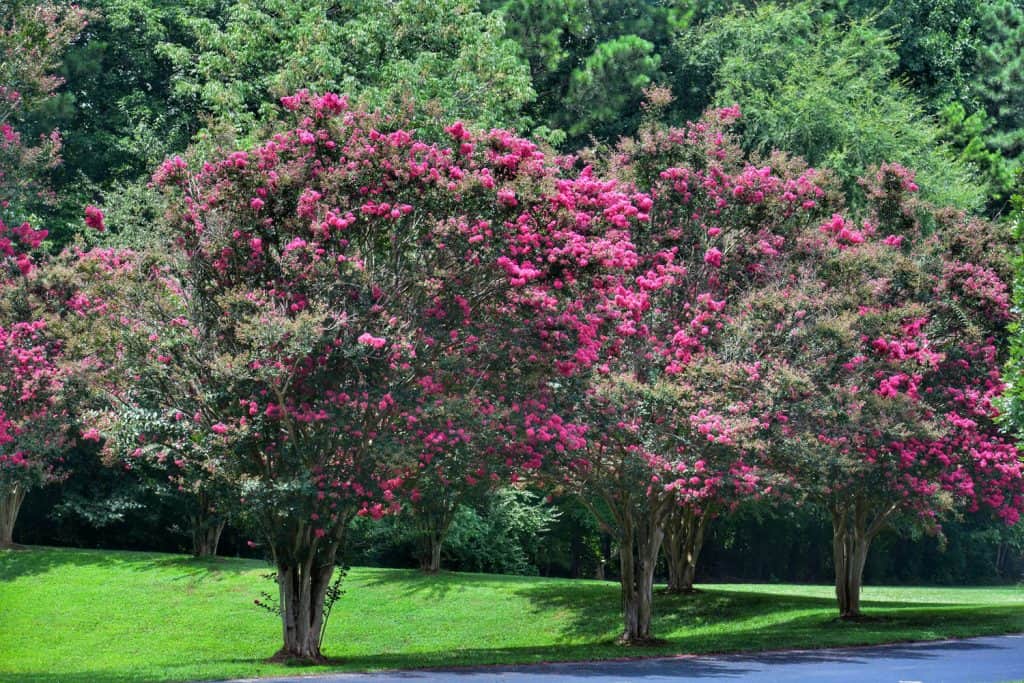
These trees will most likely outlive you with the proper care and upkeep. Enjoy a lifelong shrub that gives your landscape summer-long blooms ranging from pink, purple, and white colors.
The hardest part of caring for Crepe Myrtle trees is to ensure you are planting them in the ideal growing zones, with well-drained soil and plenty of sunlight. Crepe Myrtle trees are hardy to USDA zones 6-10.
How Long Does A Crepe Myrtle Take To Grow?
Within the Crepe Myrtle species, there are different types of trees. These varying types range from smaller shrubs to tall trees. The exact time it takes every kind of Myrtle to grow will depend on what type you plant.
Lagerstroemia indica is the most commonly seen Crepe Myrtle in the USA. This specific tree grows quickly, reaching an additional three feet each year. The maximum height of this tree is between 15 and 30 feet, reaching full maturity in 5-10 years.
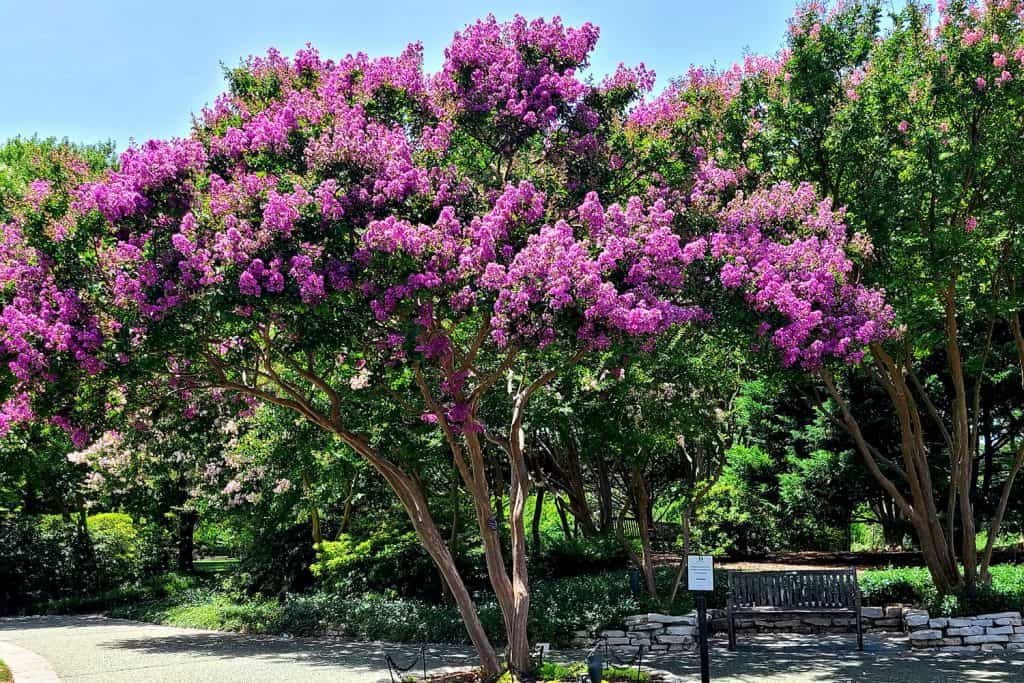
The larger varieties of Crepe Myrtle trees, like the Lagerstroemia fauriei, can grow up to 50 feet tall. The taller the tree, the longer it will take to reach its fully mature state. L. fauriei may take up to an additional 20 years to reach full maturity.
On the other end, there are dwarf Crepe Myrtle trees. These are the smallest variety, only growing to heights of 5-10 feet. The small size means they reach maturity quickest. Some dwarf trees will reach full maturity in just one growing season.
Read more on our blog post, "When To Transplant Crepe Myrtle Trees And How To."
What Happens If You Don't Prune Crepe Myrtles?
Depending on the gardener, you may hear of Crepe Myrtle trees getting pruned in the early Spring or fall. The purpose of pruning is to promote new growth and luscious blooms in the next growing season.
If you don't prune Crepe Myrtle trees, your tree may suffer from weak branches and a decrease in blooms. Additionally, Myrtle trees that are not pruned correctly may leave the bark uncolored and dull.

Poor pruning has the same risks as no pruning. Severe pruning can cause too-rapid growth, leaving you with large blooms that weigh down the branches. The branches can end up snapping under the weight.
Furthermore, not pruning can leave you with too many trunks or branches. These additional branches will create more dense foliage and even fewer blooms over time.
Do Crepe Myrtles Lose Their Leaves?
Crepe Myrtles are deciduous trees, meaning you can expect their leaves to be shed annually. You will notice your tree's leaves changing color in Autumn, and by Winter, your branches will be bare.
Even without their famous blooms and beautiful leaves, Crepe Myrtles will enhance your landscape in the winter months. With the foliage gone, you'll get an even better view of this tree's colorful, peeling bark.
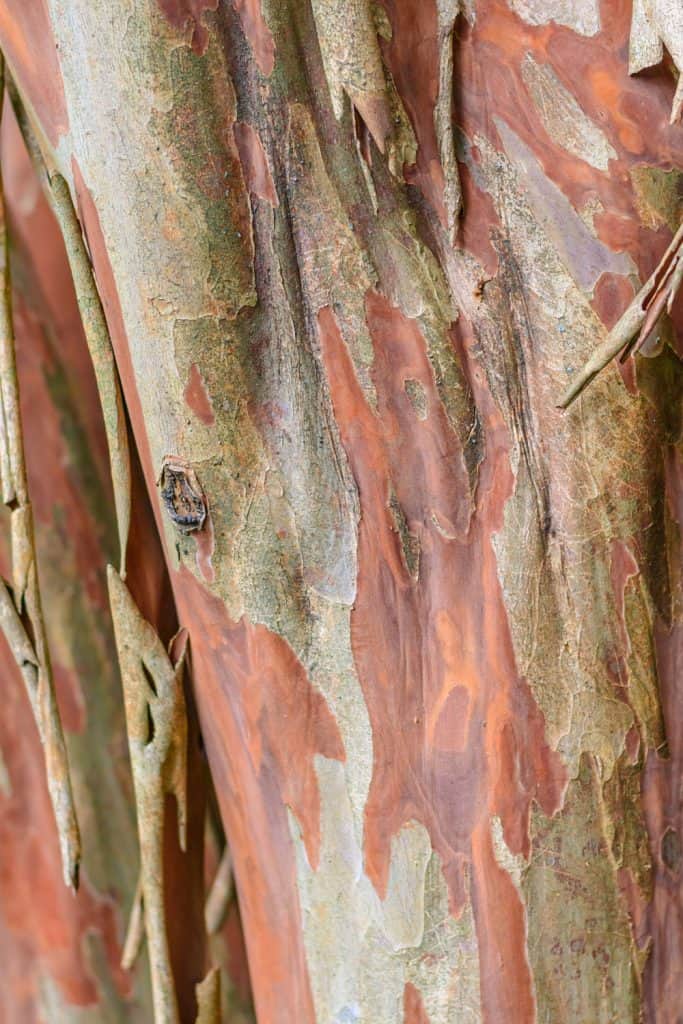
The peeling, or shedding, of bark, is an entirely normal process for the Crepe Myrtle. This will start to happen once your tree reaches full maturity, which means it can take years before it is noticeable.
If your leaves begin to turn yellow or brown or drop early, your tree may be suffering from a disease or pest infestation. Early leaf drop is not normal and can signify your tree is in distress or dying.
Read more on our blog post, "19 Gorgeous Large Flowering Trees".
What Diseases Do Crepe Myrtles Get?
Landowners enjoy Crepe Myrtles because of their easy care. However, these trees are still susceptible to a handful of diseases and pests. Issues to be aware of include:
- Powdery Mildew
- Cercospora Leaf Spot
- Sooty Mold
- Japanese Beetles
- Crepe Myrtle Aphids
Some signs and symptoms can indicate these problems with your trees. Getting ahead of these issues gives you the chance to treat and repair your Crepe Myrtle tree, ensuring it is healthy for the next growing season.
Let's take a closer look at each of these potential problems.
Powdery Mildew
Powdery mildew is caused by a fungus called Erysiphe Lagerstroemia. This is one of the most common diseases found among Crepe Myrtle trees. Myrtles in damp or shady locations are at higher risk for this disease.
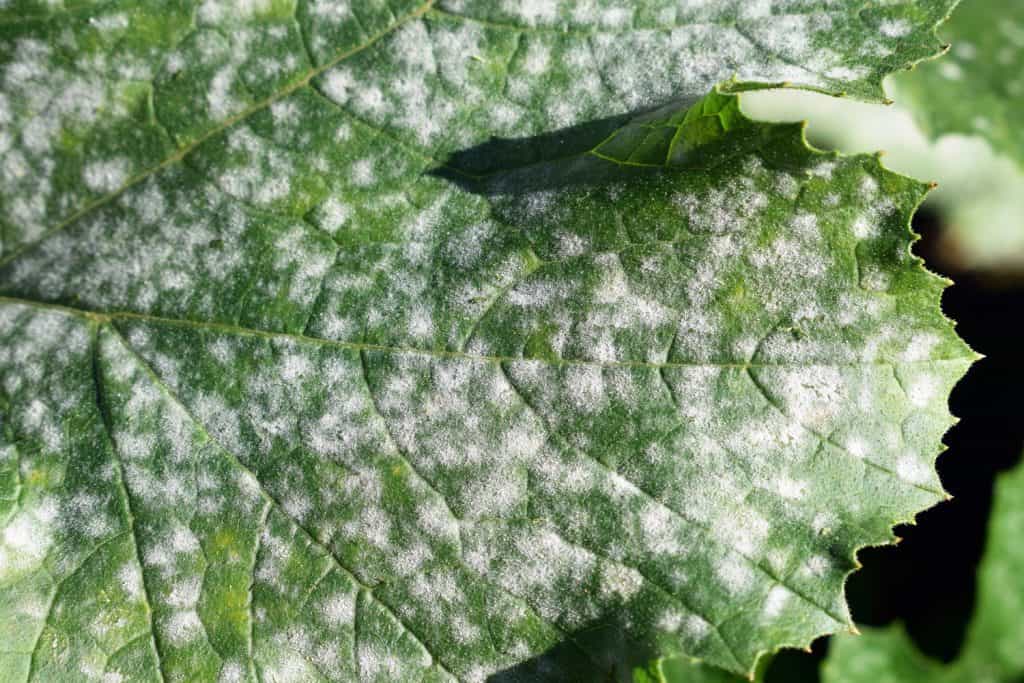
If your tree is suffering from powdery mildew, you will see leaves and flowers covered in a white or gray, powdery substance. Severe infections will stop flowers from opening and cause stunted growth.
Cercospora Leaf Spot
Do you see yellow spots with white fungus spores on your leaves? Your Crepe Myrtle may be suffering from Cercospora leaf spot or Cercospora lythracearum.
Cercospora can cause premature leaf drop and thrives in warm, moist conditions.
Sooty Mold
Sooty mold typically means your tree is having an issue with insect infestations. Myrtle leaves will appear black or dirty, covered in a sooty substance.
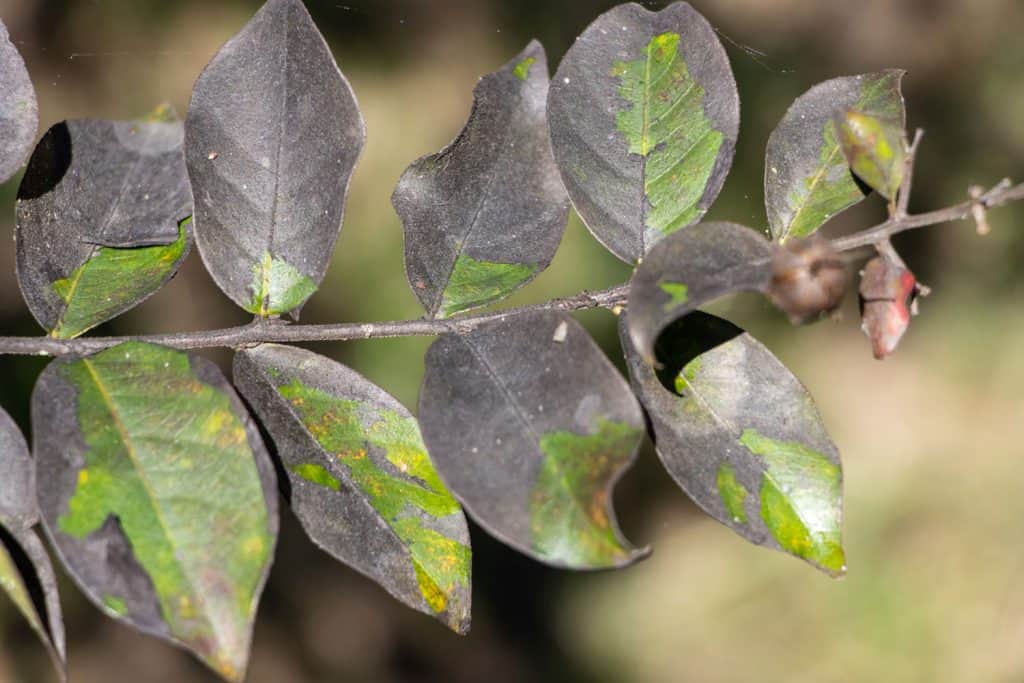
This condition does not affect the actual plant. However, it is vital to get the insect infestation under control. To aid in your tree's appearance, you can wash leaves with a dish soap mixture.
Japanese Beetles
These copper brown beetles can cause severe damage to your Crepe Myrtle trees due to their excessive feeding. Japanese beetles eat entire flowers and leave behind skeleton leaves.
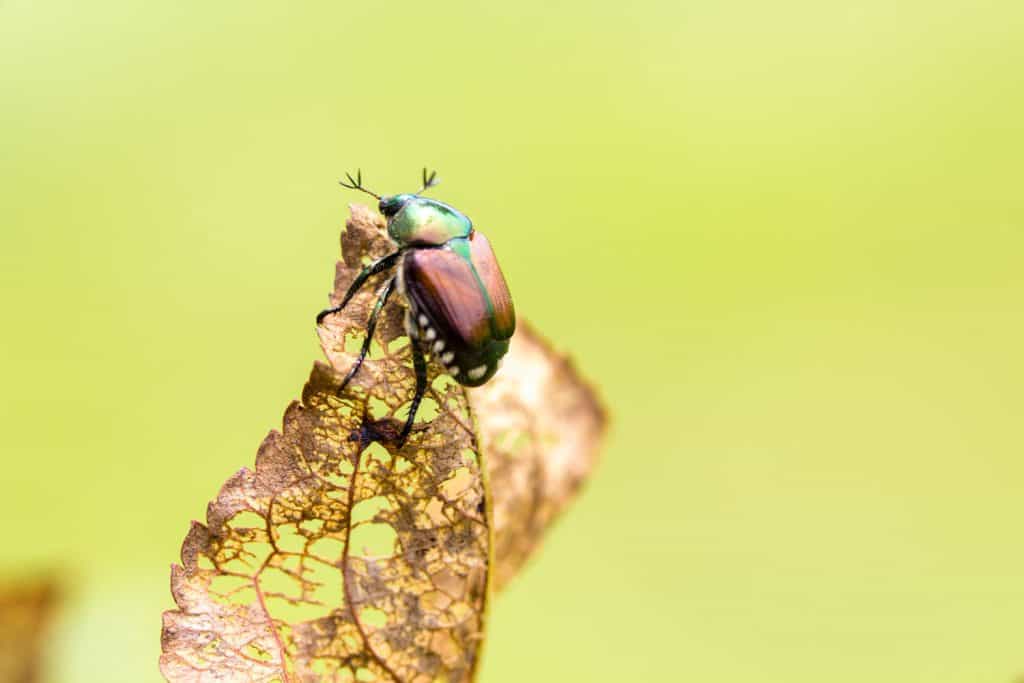
Furthermore, your tree's roots can suffer from a Japanese beetle infestation. If you notice these pests, you will want to remove them from your leaves and set traps around your trees.
Crepe Myrtle Aphids
Crepe Myrtle aphids, or Tinocallis kahawalukoalani, feed on the sap of Crepe Myrtle trees. As they eat, these aphids will leave saliva behind. This saliva can cause yellow spots on the leaves and may cause leaf distortion.
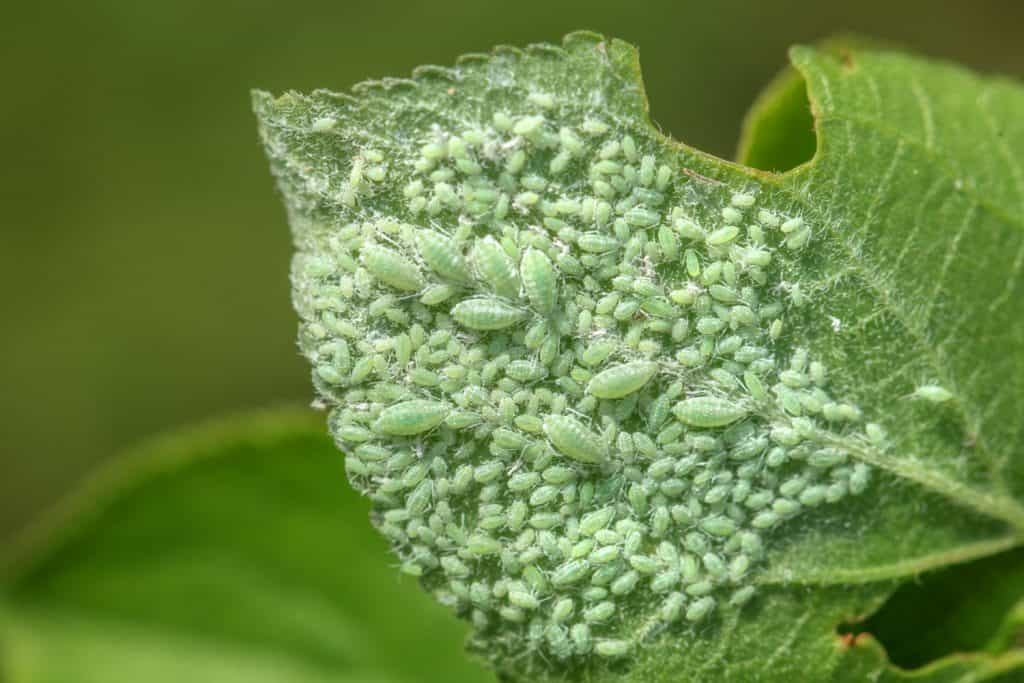
Your leaves will suffer in the growing seasons while more eggs get produced over Winter. This lifecycle means Crepe Myrtle aphids take over rapidly, making it essential to get on top of the infestation.
How Do You Know When A Crepe Myrtle Is Dying?
If your Crepe Myrtle tree has any of the above conditions, it is safe to say your tree is in distress. Early leaf drop, yellow or dying leaves, and stunted growth can all be signs your tree is declining in health.
Using the "scratch test," you can tell if your Crepe Myrtle is dying. Scratch the thin tree bark with your fingernail. If you scratch and see green underneath, your tree is still alive. If the color remains dark brown or black underneath, your tree may be dead.
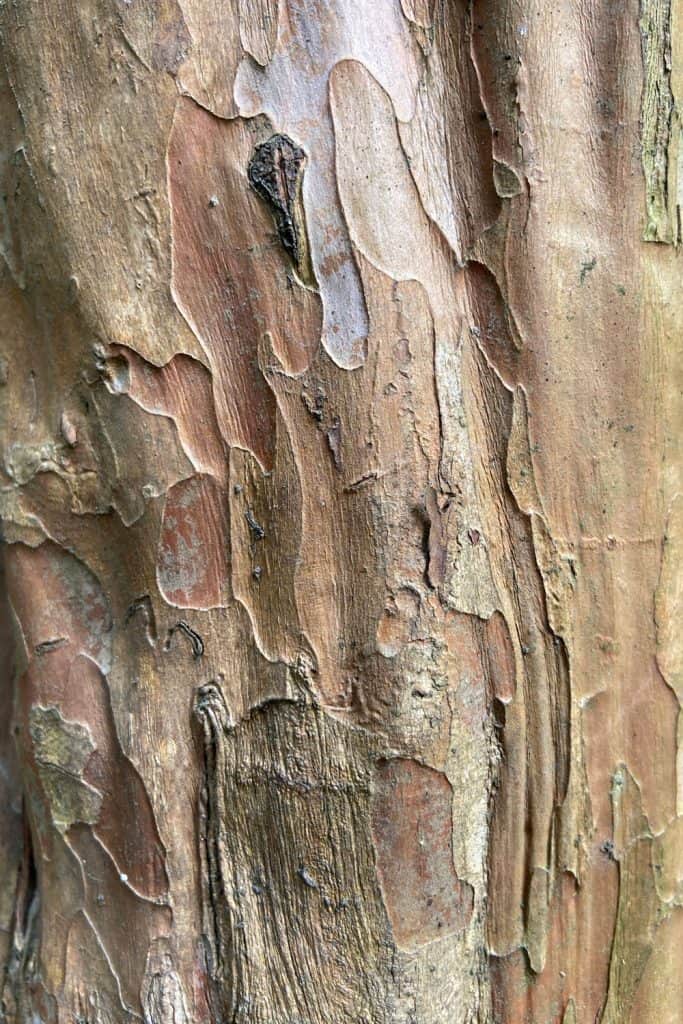
When you notice a change in your tree, start checking for the common diseases and pests that may affect these trees. Finding the root cause of the problem and applying appropriate treatment should get your tree back on track.
Once the root issue is identified and treated, you can remove dead leaves and branches. This pruning will promote new, healthy growth. If you catch your issue in time, you may even see new blooms grow that Summer.
Severe infestations, or if you have a tree that appears to be dead, you should consult an expert on treatment and care for your Crepe Myrtle tree.
In Summary
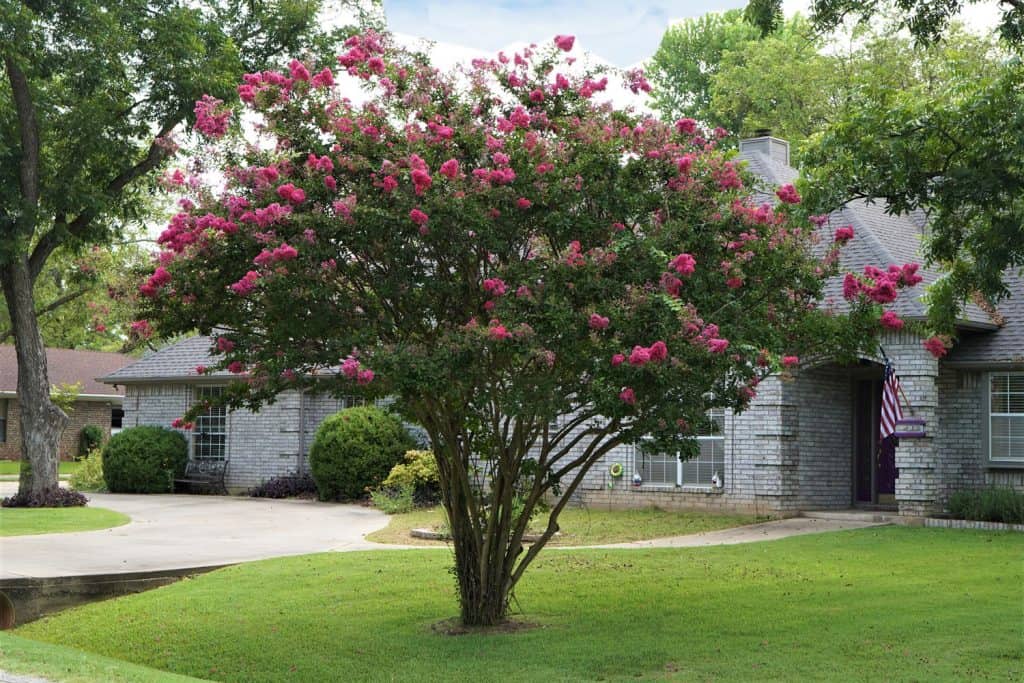
Crepe Myrtle trees have a long lifespan, reaching 50 years or more. With their long lives and low maintenance, these trees are a great addition to most landscapes. We hope you found this article helpful when caring for a Crepe Myrtle of your own.
Are you looking for more information on the lifespan of other trees? Have a look through our blog post, "How Fast Do Elms Grow And How Long Do They Live? [By Type Of Elm]"
